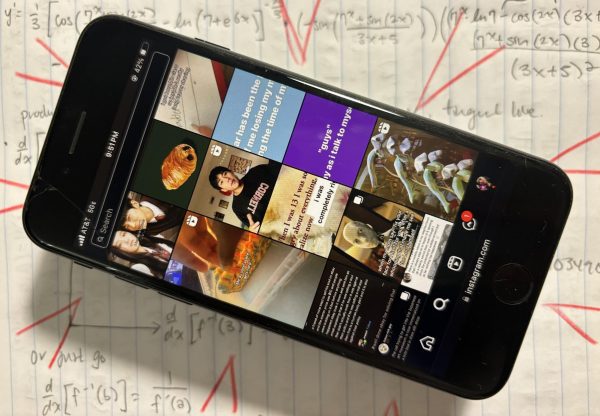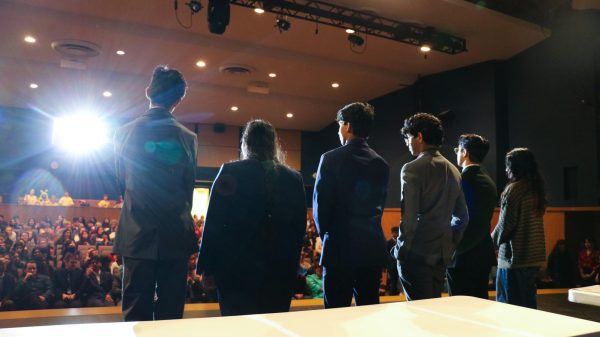Football’s Fault?
A controversy recently surfaced at the University of Michigan when quarterback Shane Morris suffered a severe concussion during a recent game. Fans shouted, “oohed” and “aahed” while the coaching staff did nothing at all. U-M’s head coach kept Morris in the game; as if he was unaware of the injury his quarterback had suffered. This has resulted in a discussion about whether coaches and team personnel, in all sports, are even thinking “safety first.” It certainly doesn’t seem like it.
In any sport, concussions are inevitably going to happen. But being a bystander – sitting on the sidelines and watching some of the most gruesome collisions, hits and injuries take place – is the wrong thing to do. Stand up and do what you can do. There are endless sums of possible safety changes and modifications that could be made to save one brain at a time throughout all different sports. Preventing any number of these incidents is saving lives.
Concussions, a severe form of traumatic brain injury, have been a major catalyst for safety gaps in many different sports for a long time. However, they are still not talked about enough.
Do what you can do.
Educate yourself. Whether you’re a player, a coach, a parent, whatever role you take, do what you can do. Do your research. Talk to an expert. Any person of decency would recognize that someone’s safety, someone’s brain, someone’s body and someone’s life are more important than any sports event. Regardless of the level or the outcomes’ meaning, the result of a “pee-wee” t-ball game or a National Football League Super Bowl game shouldn’t be worth someone’s life. Think about it.
In a recent study done by CNN, breathtaking statistics about concussions came to the forefront, specifically regarding the NFL. In 2013 alone, 228 NFL players were diagnosed with a concussion. That is two commercial jets full of people whose brain was and still is damaged within one year. Think big picture here – year after year, similar statistics appear and hundreds and hundreds of athletes are affected by this awful and insanely severe injury and, of course, the symptoms and long-term effects that come along with it.
PBS did a study recently in which researchers studied the biological makeup of 128 deceased former football players. They found that 101 of the players, or about 80 percent, had some form of brain damage. If it is so common, why don’t we do absolutely everything we can possibly do to prevent as many as we can prevent?
Ironically speaking, the game of football seems to clearly promote violence and aggression between its competitors. Bulk and tough men running full speed into one another in a quest for a brown ball is simply outrageous in its intentions. In football, concussions are not mistakes or accidents, because the game of football and the method by which football is played causes them. The idea of sport and fun competition is totally inapplicable when talking about football. Why are we, as a country, entertained by this gruesome style of warfare? Why is this a form of pure entertainment for society more so than it is for the sport?
However, it is not just the NFL. Think league by league. Researchers say that in the past National Hockey League season, upward of five concussions occurred every 100 days. Moreover, only 28 percent of these brutal injuries were penalized, signifying that the violent attacks that caused these concussions were usually not against the rules. This goes to show that without shutting down a sport entirely, there are ways to prevent these horrific incidents. It is never going to be perfect and, honestly, these sports aren’t going anywhere and likely won’t change very much either. Just remember: Do what you can do.
Make the right decisions if you’re a parent or an athlete. Make yourself aware of the severity and the consequences of these incidents. Don’t turn your head to reality. If you’re willing to take the risk of participating in some of these particularly dangerous sports, at least make smart choices. For instance, wear proper equipment and play the game the right way.
Don’t sit on the sidelines. Stand up and do your part to make sports what they should be, a fun, safe and competitive experience for people of all ages.
A $50 or more donation includes a subscription to the Clayton High School Globe 2024-2025 print news magazine.
We will mail a copy of our issues to the recipients of your choice.
Your donation helps preserve the tangible experience of print journalism, ensuring that student voices reach our community and that student democracy thrives.
Noah Brown is a junior, and has been a member of the Globe staff and community since his freshman year. Last year, Brown served as the Feature Section Editor, and focused his writing...










